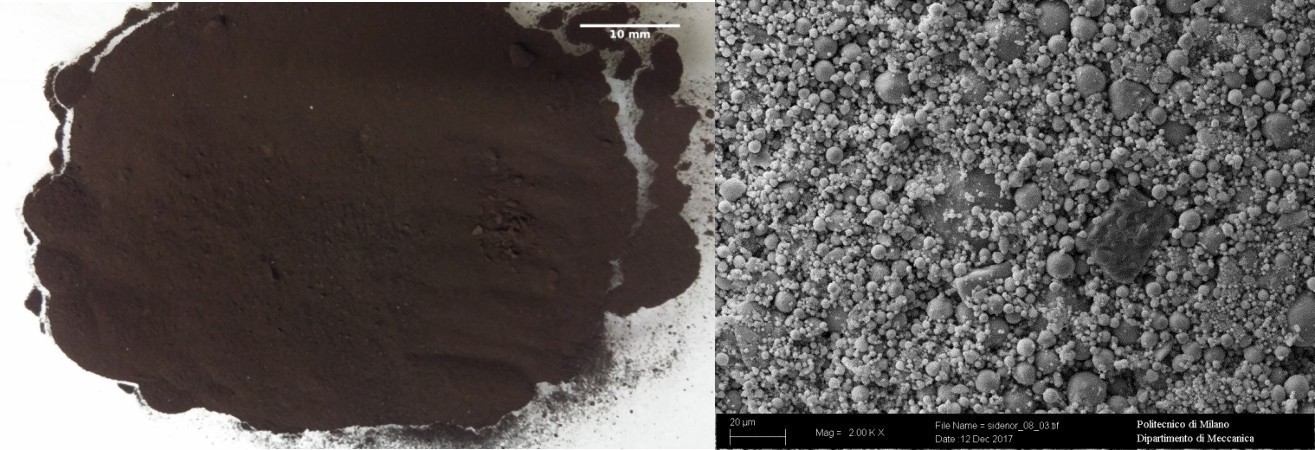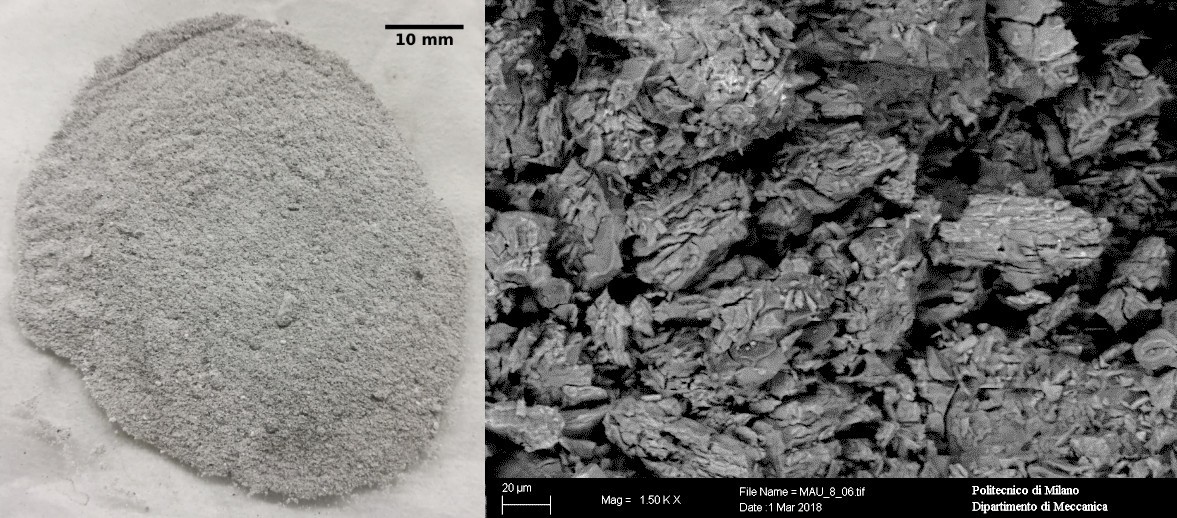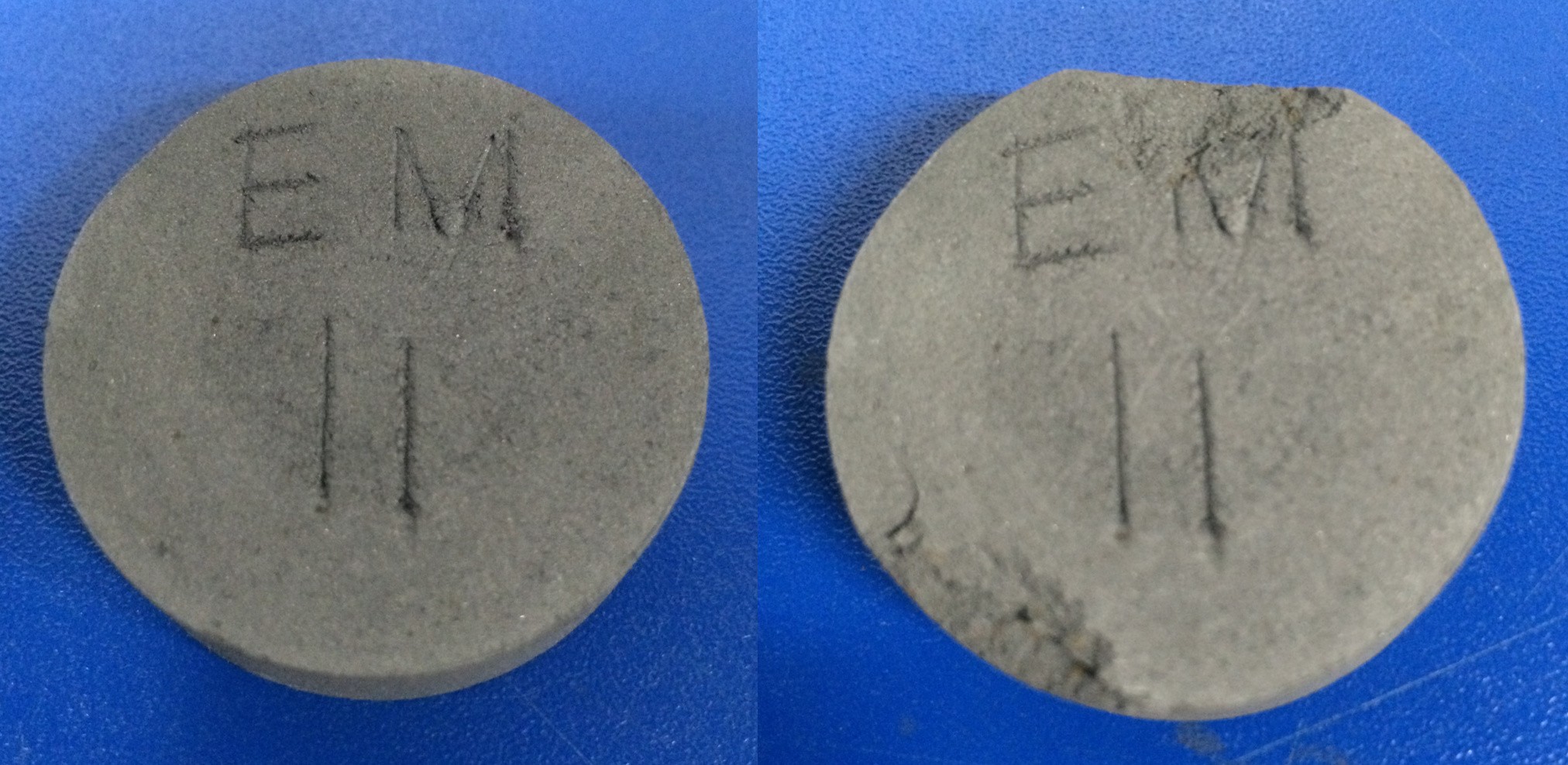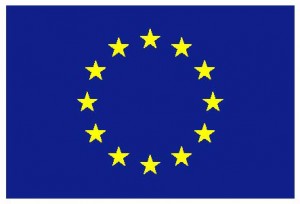Cement-free brick production technology for the use of primary and secondary raw material fines in EAF steelmaking
Summary
Recent years have seen a world-wide change in the environmental policy towards integrated pollution prevention and control, taking into account all environmental media. It is estimated that steel-making activities in Europe produce about 80 million tonnes annually of by-products and waste, equivalent to half of the European steel production, of which more than 10 million tonnes is waste for disposal. This waste of resources and land area is not sustainable and has to be decreased in the future.
The Fines2EAF project aims to increase the value of steelmaking residues by internal recycling and (re)use in the form of cement-free bricks. The benefit of this strategy is threefold: improved utilization of residues, internal recovery of metals and reduction of the amount of dumped materials. Through demonstration by operational tests the technology of cement-free bricks could become more acceptable for the steel works.
The approach followed is the development of an innovative process to produce cement-free bricks on the basis of primary and secondary raw material fines, alternative binder systems and a hydraulic stamp press. The bricks have to possess sufficient cold compression strength for low-abrasion handling and, for self-reducing bricks, sufficient reduction behaviour and metallurgical performance. To achieve these goals the fundamental understanding of the bricks, their manufacturing and their subsequent use in the EAF is necessary.
Project activities will develop methods, processes and solutions for:
- economic (re)using of low volume primary and secondary raw material fines in EAF steelmaking
- closing inter-sectoral material loops within the EAF steelmaking route by production of tailor-made high quality charge materials for the EAF
- recovery of metals in secondary raw material fines
- reducing the amount of waste materials, environmental impact and saving costs of raw materials.
This project is aimed at the (re)use of primary and secondary raw material fines in EAF steelmaking and conservation of resources by development of cement-free brick production technology, to be applied directly inside the steel plant. The development of the proposed technology will bring the following advantages: avoid disposal of wastes, enhance the use of primary raw material fines and the recycling of secondary raw material fines for steel production, save costs, and reduce the environmental impact of the steel plant on the surrounding.
Results achieved so far
In the first half of the project, the activities were focused on the sampling and characterization of materials and lab investigations on pre-treatment and brick production. Residues from the steel plants and from suppliers and other industrial sectors were sampled and characterized. The physical and chemical characteristics of the materials were compiled in an inventory of primary and secondary raw materials. Data about amounts and current use of these materials were also included in the inventory. Based on the inventory, materials were selected for the work on a microwave pre-treatment process as well as for the recipe development and lab-scale brick production.

Oxy-cutting fines: picture (left) and SEM-SE micrography (right)

LF slag fines: picture (left) and SEM-SE micrography (right)
A microwave pre-treatment to reduce the amount of materials like Zn, Pb and volatiles was investigated and compared to conventional furnace treatment. First results could also show a different heating behaviour of the selected materials based on their composition. It could also be shown, that with the microwave heating a similar de-zincing of EAF dust could be reached at lower bulk temperature of the material and with a higher zinc purity of the removed dust.
In lab-scale brick production initially the priorities of the steel plants for the recipe development were defined based on the available materials and suitable use in the steel plant. The recipe development for two of the steel plants will be focused on CaO and MgO containing materials to create synthetic slag former bricks. The recipe development for the third focusses on the use of oxy-cutting fines, metallic iron containing grinding sludge and fines collected at the belt conveyors. Based on this selection a mechanical pre-treatment of the materials (crushing, sieving, etc.) has been investigated were needed. In the lab-scale brick production different binders as well as different agglomeration parameters like pressing force, pressing time, drying conditions, etc were extensively tested. Bricks produced by a number of promising recipes were forwarded to the high-temperature testing. This work is currently ongoing.

Agglomerated grinding sludge before (left) and after (right) drop test
Publications
Echterhof, T.; Willms, T.; Preiß, S.; Omran, M; Fabritius, T.; Mombelli, D.; Mapelli, C.; Steinlechner, S.; Unamuno, I.; Schüler, S.; Mudersbach, D.; Griessacher, T.: Developing a new process to agglomerate secondary raw material fines for recycling in the electric arc furnace – the Fines2EAF project, CLEAN TECH 4 — The 4th European Conference on Clean Technologies in the Steel Industry, 28.–29. November 2018, Bergamo, Italy
Echterhof, T.; Willms, T.; Preiß, S.; Omran, M; Fabritius, T.; Mombelli, D.; Mapelli, C.; Steinlechner, S.; Unamuno, I.; Schüler, S.; Mudersbach, D.; Griessacher, T.: Developing a new process to agglomerate secondary raw material fines for recycling in the electric arc furnace – the Fines2EAF project, La Metallurgia Italiana, 111 (2019), Nr. 5, S. 31–40
Echterhof, T.; Willms, T.; Preiß, S.; Aula, M.; Abdelrahim, A.; Fabritius, T.; Mombelli, D.; Mapelli, C.; Steinlechner, S.; Unamuno, I.: Fabrication of Agglomerates from Secondary Raw Materials Reinforced with Paper Fibres by Stamp Pressing Process, Applied Sciences, 9 (2019), 3946
Willms, T.; Echterhof, T.; Steinlechner, S.; Aula, M.; Abdelrahim, A.; Fabritius, T.; Mombelli, D.; Mapelli, C.; Preiss, S.: Investigation on the Chemical and Thermal Behavior of Recycling Agglomerates from EAF by-Products, Applied Sciences, 10 (2020), 8309
 This project receives funding from the Research Fund for Coal and Steel under grant agreement No 754197.
This project receives funding from the Research Fund for Coal and Steel under grant agreement No 754197.
